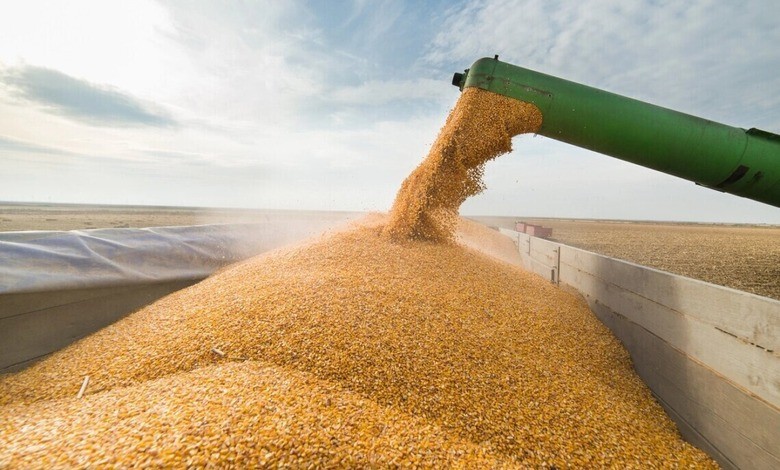
Economies and societies are frequently profoundly affected by global conflicts, which have far-reaching consequences beyond the battlefield. The impact of conflict on food prices and availability is one of the most immediate and devastating consequences. A significant global conflict could potentially result in a significant increase in food prices, which could lead to famines in vulnerable regions, as historical precedent ...
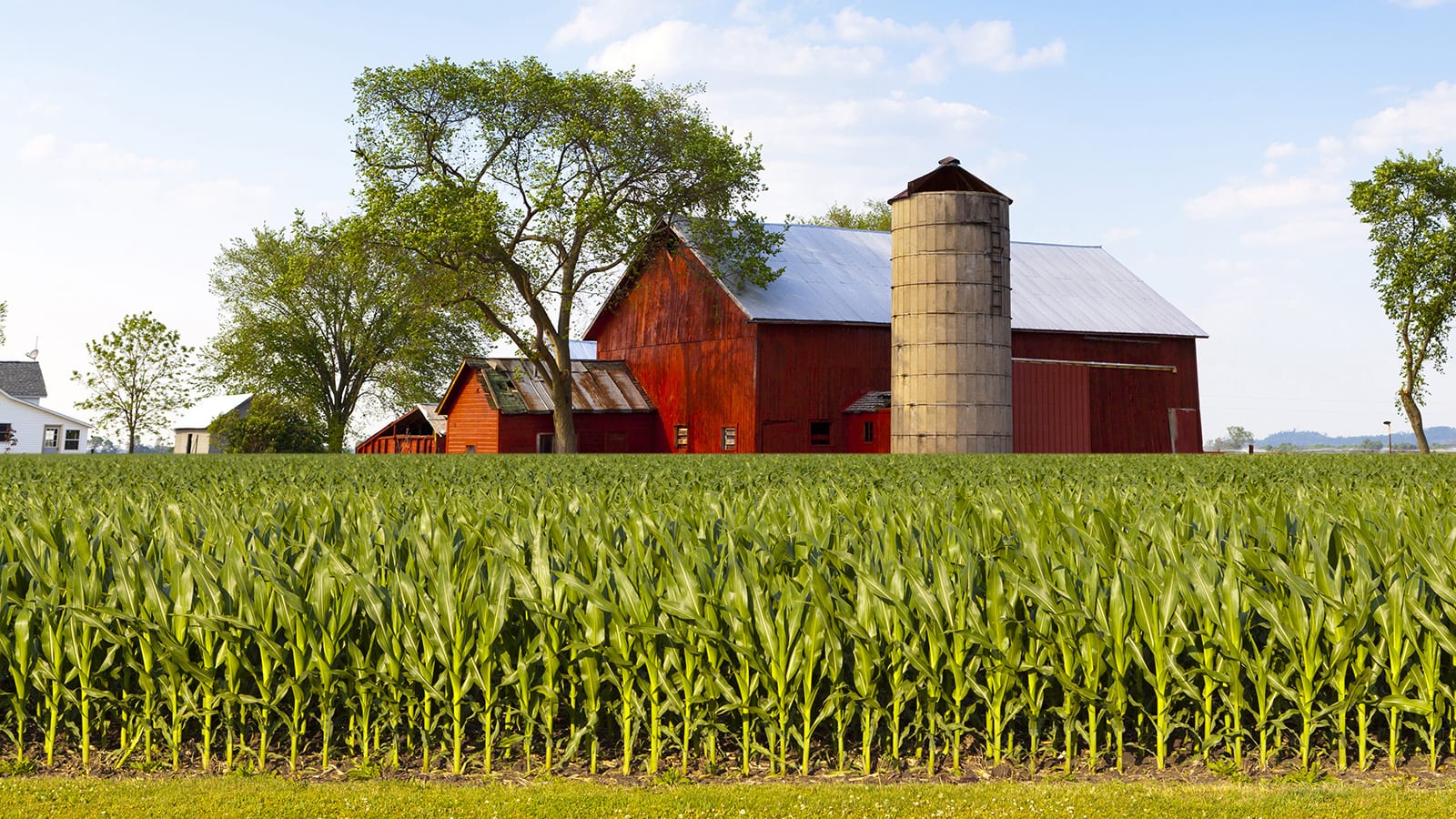
During periods of tranquility, agriculture silently sustains billions by supplying the food essential for daily living. However, what occurs when the world is engulfed in a global conflict? The question of who will sustain the planet is a pressing one in a wartime world, as it poses severe challenges to agricultural systems. Modern Agriculture’s Fragility Agriculture of the present day ...
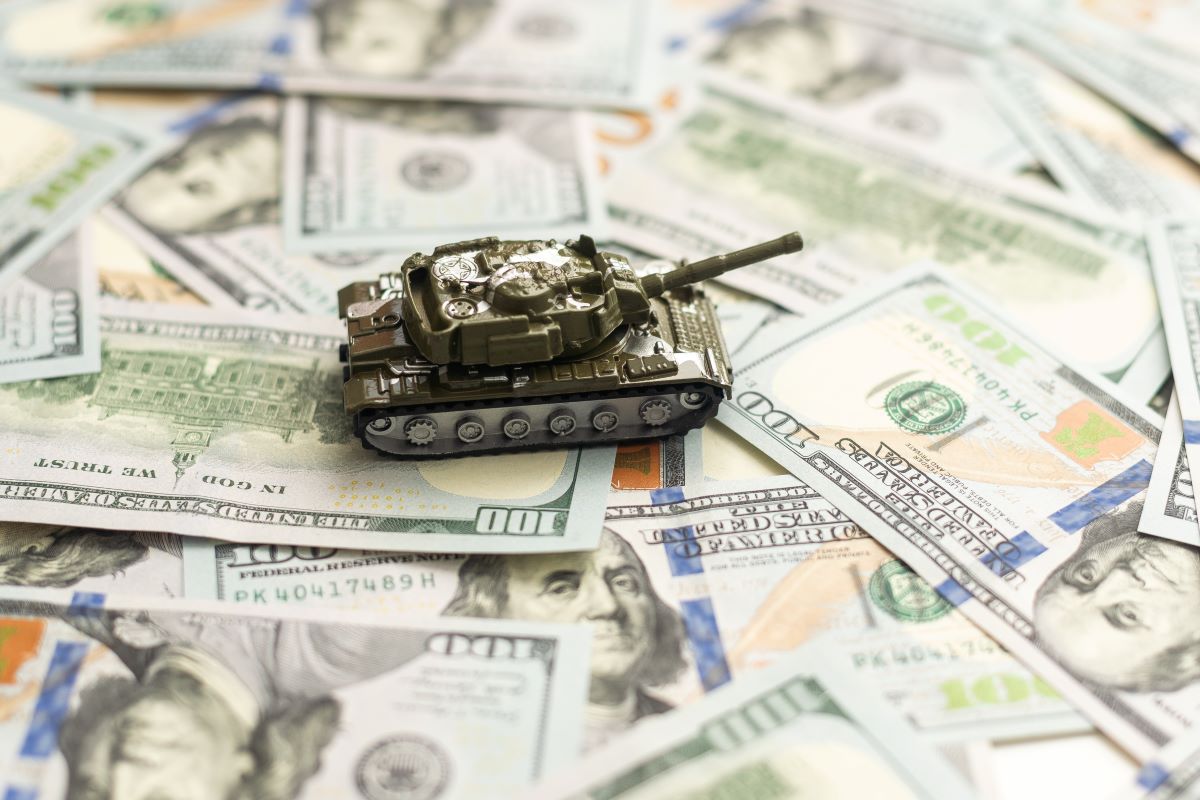
During periods of severe crisis, conventional monetary systems may become unstable, prompting individuals to resort to more tangible assets for the purposes of survival and commerce. Throughout history, commodities such as gold, silver, and cigarettes have been used as alternative currencies when official money has lost its value or accessibility. In the event of a large-scale global conflict, such as ...

The threat of a Third World War is a potential catalyst for unprecedented disruption, not only in geopolitical terms but also in the very foundation of human survival—agriculture. The emergence of a global conflict could initiate a chain reaction that could result in a severe agricultural crisis, as modern global agriculture is an intricate, interconnected system that is susceptible to ...
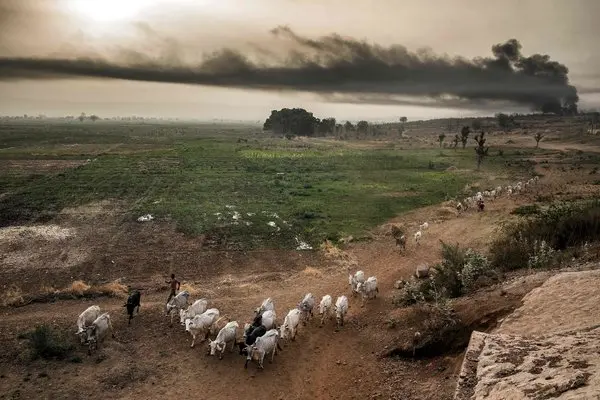
Despite the fact that food security is a fundamental component of global stability, the global food systems continue to be susceptible to disruption. Agriculture, supply channels, and trade networks would be subjected to significant pressure in the event of a large-scale global conflict, which could potentially disrupt the delicate equilibrium that sustains billions. It is imperative to comprehend the potential ...
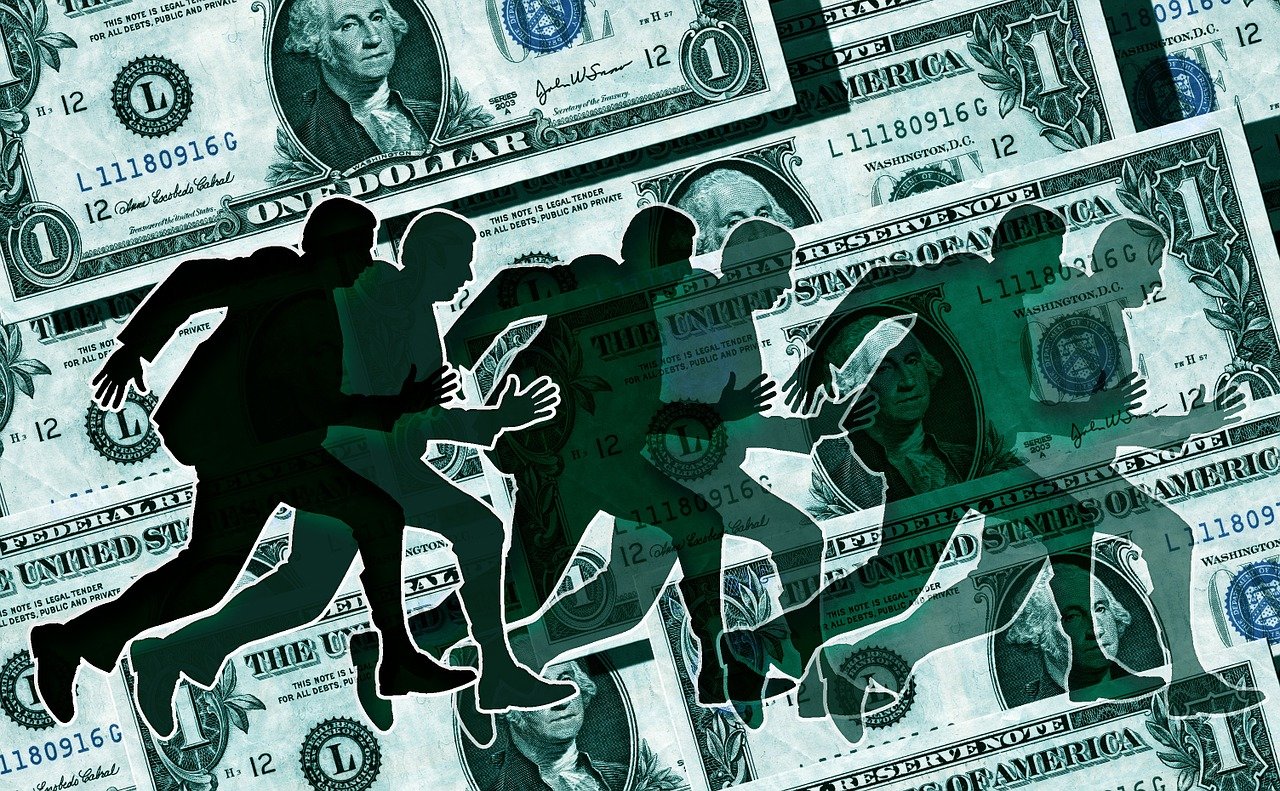
“Safe-haven” currencies—those that are considered reliable reserves of value in the face of economic turmoil—are frequently sought by investors and nations during periods of crisis. Historically, the Swiss franc, Japanese yen, and U.S. dollar have maintained this status, providing stability during periods of market volatility or geopolitical unrest. However, would these currencies be genuinely secure in the event of a ...
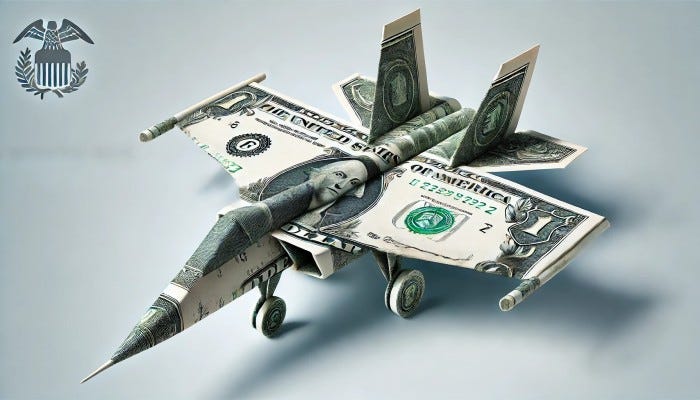
The ultimate stress test for national currencies is frequently war. The stability of fiat money, which refers to the paper and digital currencies that governments issue, may be undermined by conflict. Investors and citizens equally pose the question: Will governments print money to finance war, resulting in rampant hyperinflation, or will specific fiat currencies serve as secure havens in the ...

War is waged not only on battlefields but also in the intricate realm of global finance. The consequences of a large-scale conflict on currencies and exchange rates can be both immediate and significant. Unprecedented volatility is likely to result from a Third World War, which will alter the global currency landscape in ways that are difficult to predict. The Mechanisms ...

The global financial system is supported by the U.S. currency. It has been the preferred currency for governments, corporations, and investors worldwide for an extended period, spanning from crude transactions to sovereign reserves. However, what would be the impact of a full-scale global conflict on the dollar’s dominance? Would it continue to be the world’s preferred secure haven, or could ...
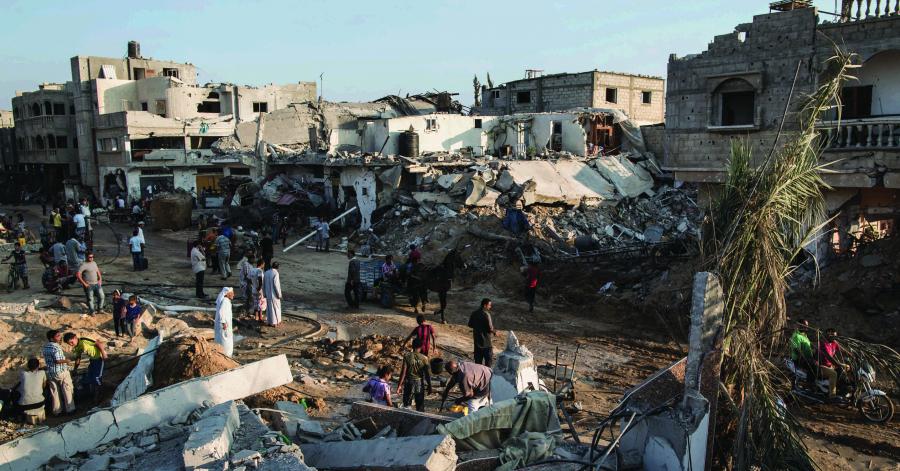
Financial systems, national treasuries, and international markets are all part of the battlefield during times of conflict, which is not restricted to missiles and vehicles. The global monetary landscape would undergo unprecedented disruption in the event of a Third World War. In a world that is disintegrating, central banks would be forced to scramble for stability as currencies would either ...